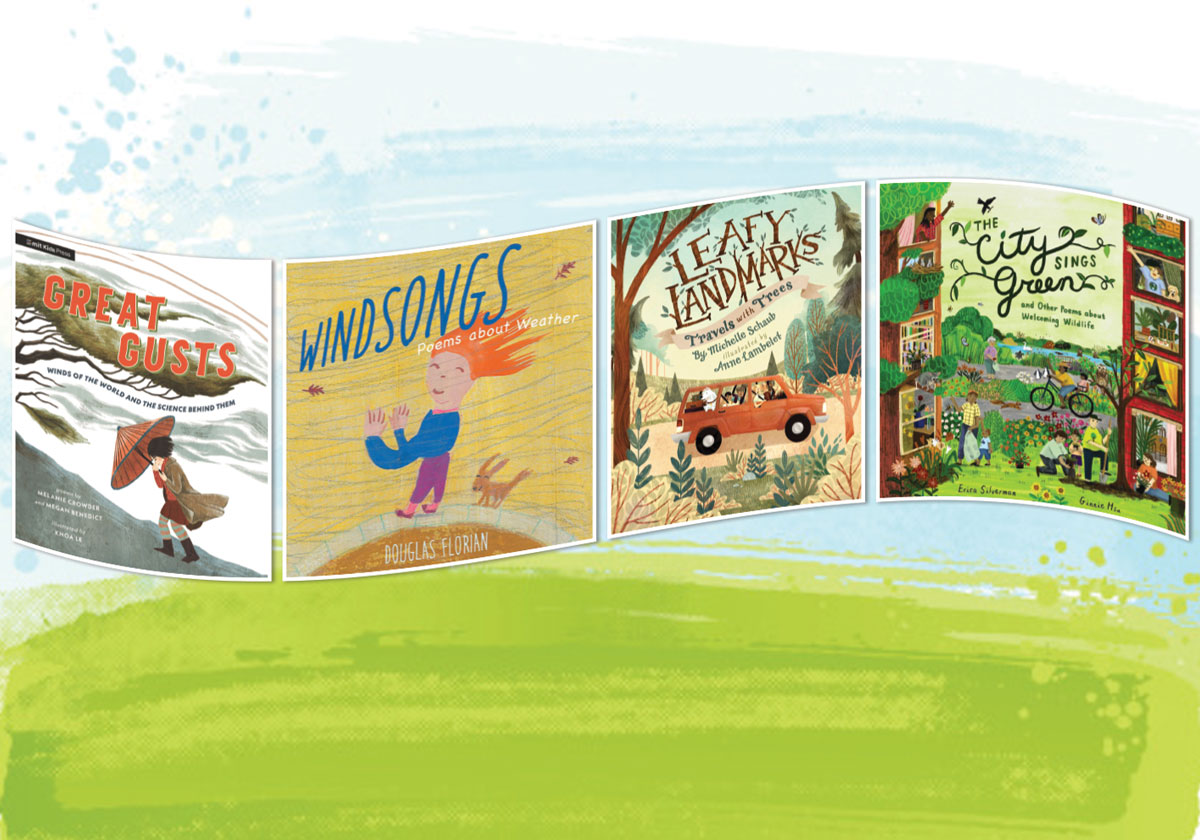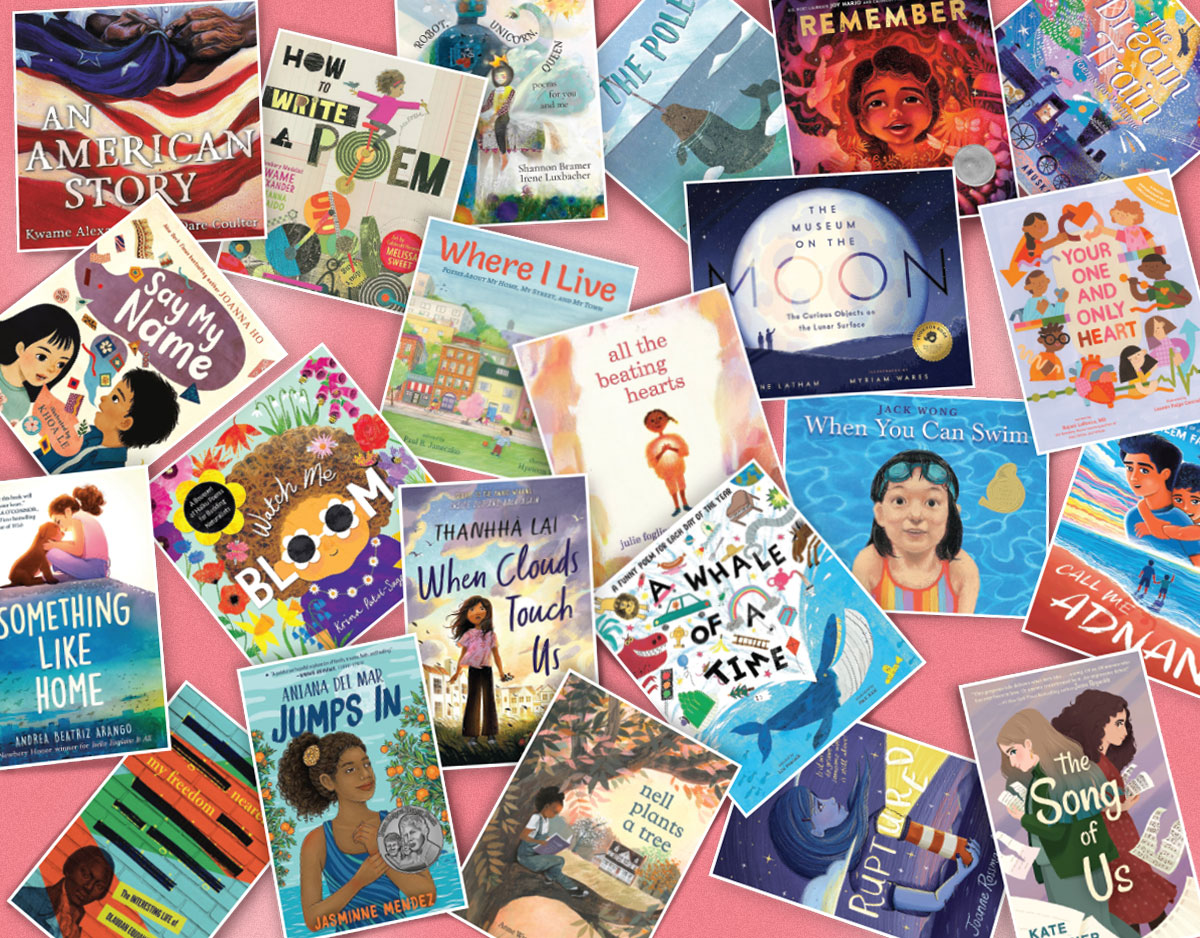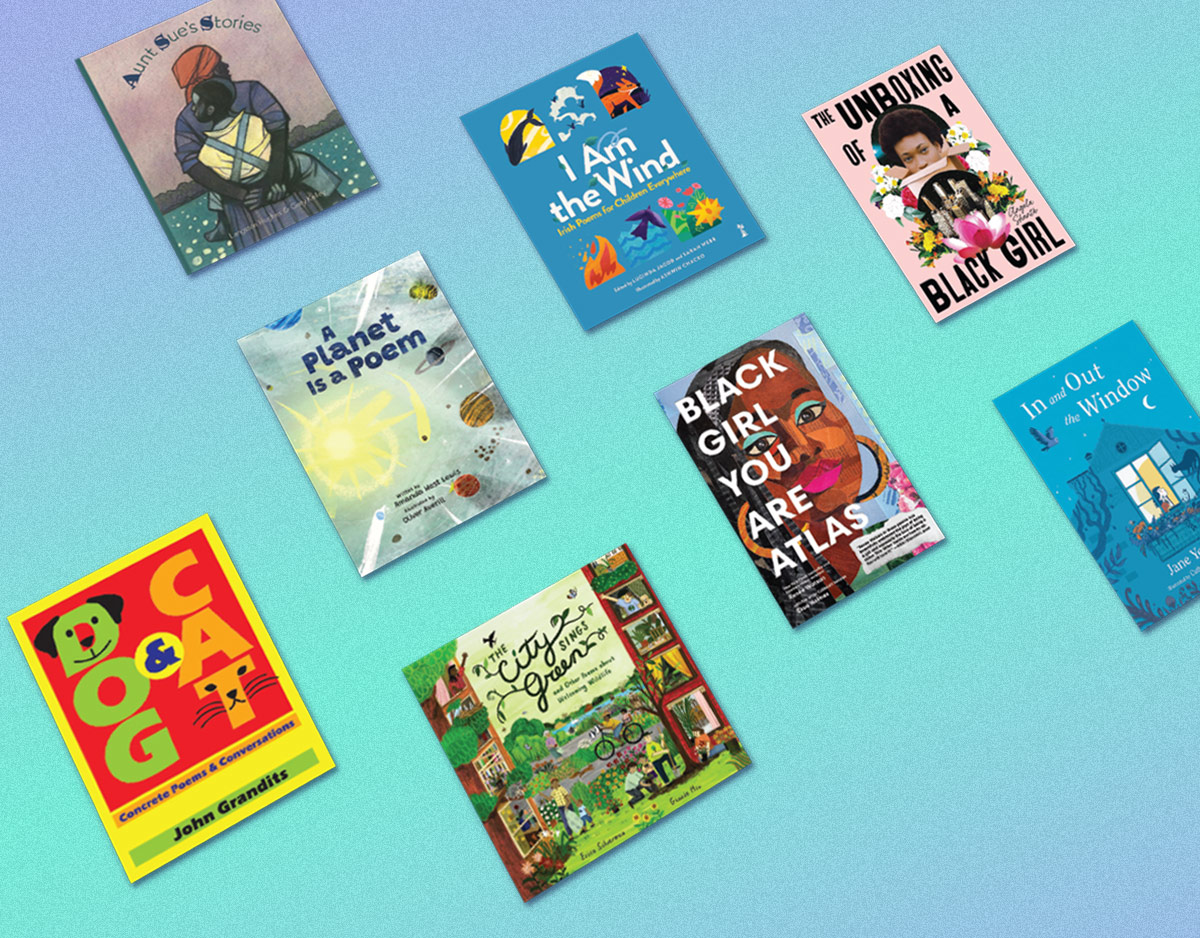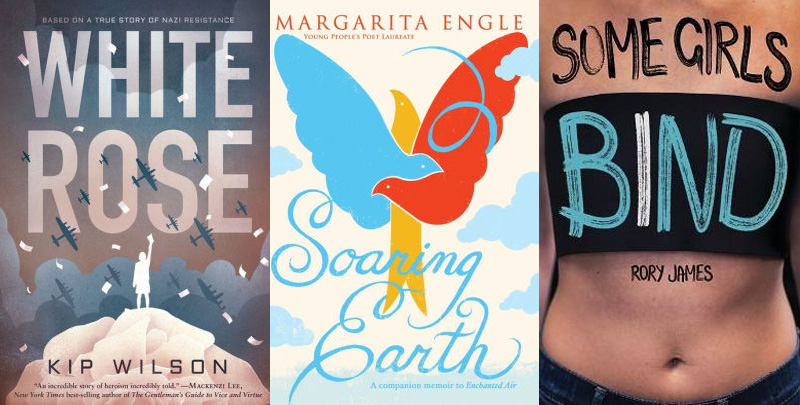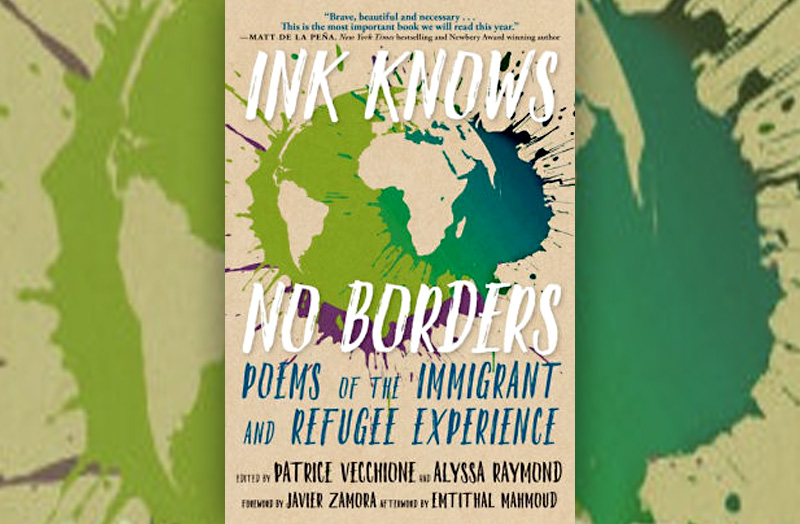The First Step: How One Girl Put Segregation on Trial

Grades 2 and Up
Research and Writing Nonfiction About Your Community. Have students draw from the author’s note and then research an event in your town, city, or county’s history. Specifically, have them reread Goodman’s authors note. How does she remind us that her everyday life in Boston helped her to understand the research that she was doing? What reminders of the past exist in your town? Take students to the local library and/or your local historical society to conduct research. Encourage students to look at primary sources related to the event, such as newspaper articles, signs and posters, official letters and records. If some local residents were around when the event happened, have students interview them. Once they’ve gathered enough information, have students consider the various ways they could write about and illustrate the event. For example, have them try out different ways of organizing information they have gathered to create a coherent presentation, or try writing from different points-of-view. Once they’ve settled on some directions, have them write and illustrate a nonfiction picture book about that event, drawing on the writing, illustrations, and book design of The First Step as a mentor text.
Digital Resources
Bass, C. ( 2015). Seeds of freedom: The peaceful integration of Huntsville, Alabama. Ill. by E.B. Lewis. Somerville, MA: Candlewick Press.
Bridges, R. (1999). Through my eyes. New York: Scholastic.
Coles, R. (1995). The story of Ruby Bridges. Ill. by G. Ford. New York: Scholastic.
Fradin, J.B. & Fradin, D.B. (2004). The power of one: Daisy Bates and the Little Rock Nine. New York: Clarion Books.
Jurmain, S. (2005). The forbidden schoolhouse: The true and dramatic story of Prudence Crandall and her students. Boston: Houghton Mifflin Books for Young Readers.
Levine, E. (1993). Freedom’s children: Young civil rights activist tell their own stories. New York: G.P. Putnam’s Sons.
ADVERTISEMENT
ADVERTISEMENT
Morrison, T. (2005). Remember: The journey to school integration. Boston: Houghton Mifflin.
Rappaport, D. (2005). The School Is Not White: A True Story of the Civil Rights Movement. Ill. by C. James. New York: Hyperion.
Tonatiuh, D. (2014). Separate is never equal. New York: Abrams Books for Children.
http://classroombookshelf.blogspot.com/2015/02/separate-is-never-equal.html
Tougas, S. (20120. Little Rock girl 1957: How a photograph changed the fight for integration. North Mankato, MN: Compass Point Books
Tuck, P. (2013). As Fast As Words Could Fly. Ill. by E. Velasquez. New York: Lee & Low.
Cooperative Children’s Book Center, “School Stories: Selective K-12 Literature about the School Experience”
https://ccbc.education.wisc.edu/books/detailListBooks.asp?idBookLists=535
Filed under: Nonfiction Picture Books, Picture Books
About Erika Thulin Dawes
Erika is a professor of language and literacy at Lesley University. A former classroom teacher, reading specialist, and literacy supervisor, she now teaches courses in children’s literature, early literacy, and literacy methods. Erika is the co-author of Learning to Write with Purpose, Teaching with Text Sets, and Teaching to Complexity.
ADVERTISEMENT
ADVERTISEMENT
SLJ Blog Network
Our 2025 Mock Caldecott Program
And, Too, the Fox: A Cover Reveal and Conversation with US Poet Laureate, Ada Limón
Papercutz Adds a Second Volume of Lost in the Future | News and Preview
The Seven Bills That Will Safeguard the Future of School Librarianship
Falling in Love with History, a guest post by Tonya Bolden
Gayle Forman Visits The Yarn!
ADVERTISEMENT



